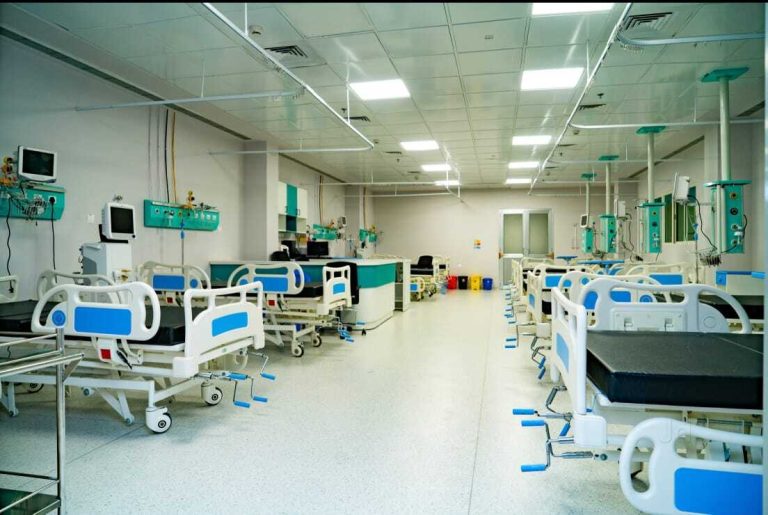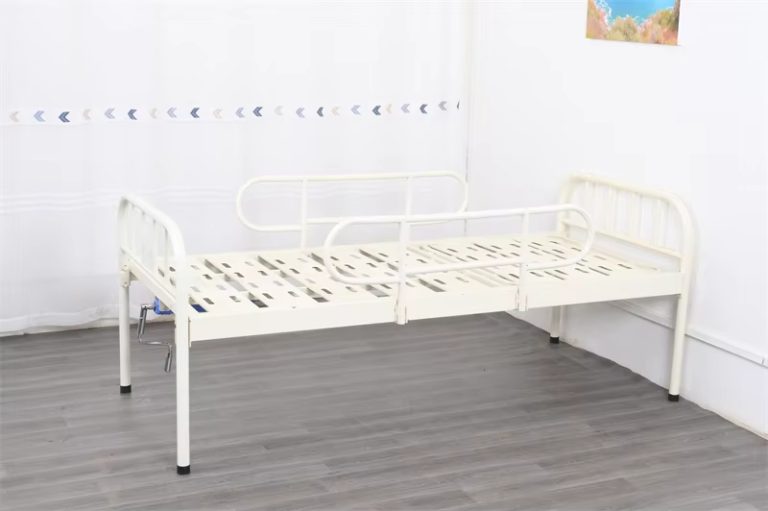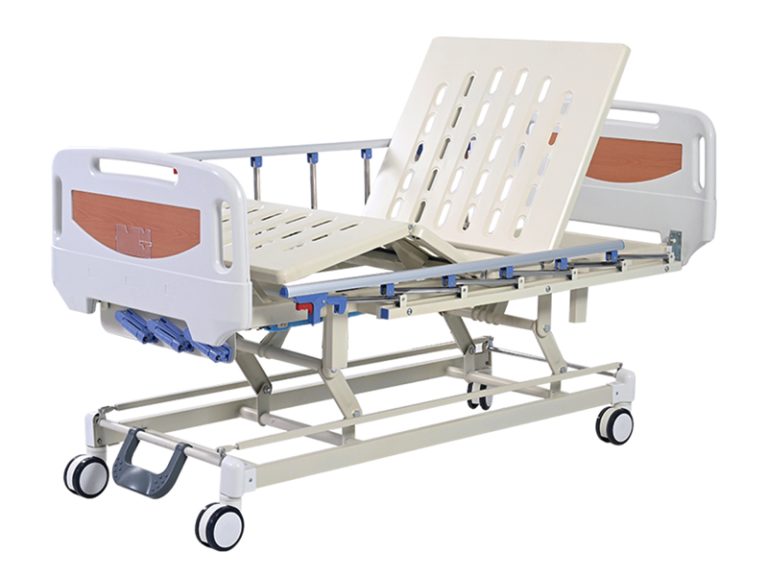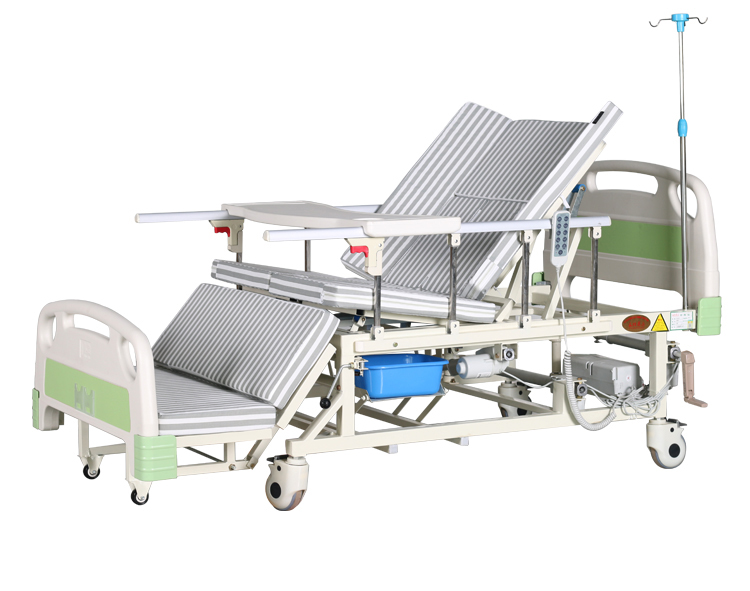Is it difficult for parents to turn over in bed? An intimate design that allows the whole family to say goodbye to back pain
At three o’clock in the morning, the alarm went off again. Sister Li struggled to…
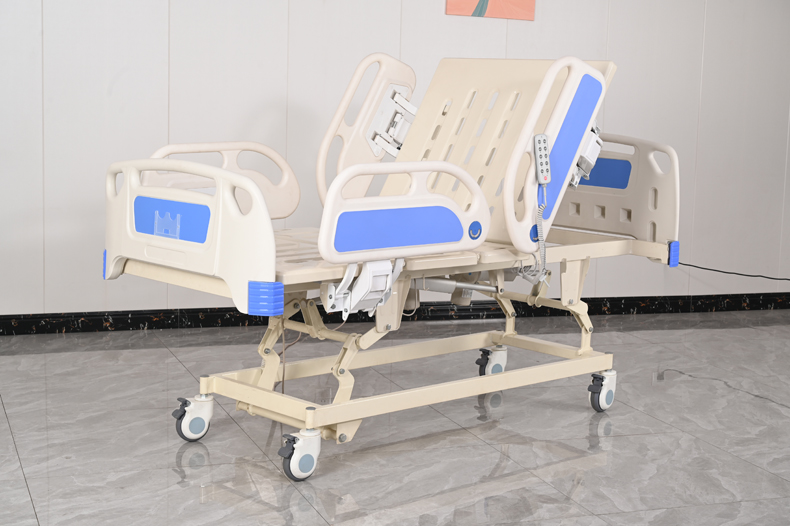
At three o’clock in the morning, the alarm went off again. Sister Li struggled to get up from the escort chair and walked to her father’s bed sleepily. Eighty-year-old father was bedridden for half a year after a stroke, and the doctor said that in order to prevent terrible bedsores,You have to turn over every two hours。 Sister Li gritted her teeth, supported her father’s stiff shoulders with one hand, and struggled to move his hip bone with the other, and the stinging pain in her waist made her gasp in an instant. In the dark, she heard an uncomfortable grunt in her father’s throat, and her heart was sour: “Dad, bear with it again, it will ……be fine soon.” This night has been going on for 180 days.
How many families are experiencing this scene?”Roll over”, This action, which is easy for healthy people, has become a common “nightmare” for bedridden elderly and caregivers.
Where is the pain of turning over?

For the elderly:
- Flesh and skin: When you passively turn over, you will be pulled and rubbed, and you may even scratch your skin.
- Fear and restlessness: There is a strong sense of loss of control in the body, especially for the elderly with dementia, and every time they turn over, they may trigger panic and resistance.
- Risk Latent: A slight carelessness in manual operation may lead to joint sprains, skin abrasions, and even accidental falls.
For Caregivers (Children/Carers):

- Physical Overdraft: Moving dozens of kilograms of adult body several times a day, lumbar muscle strain and intervertebral disc herniation are almost “occupational diseases”. The sentence “Help your parents turn over 5 times a day, does your back hurt?” “How many people’s hearts have been poked.
- Psychological Anxiety: I am worried that I will not turn over in place and cause bedsores, and I am afraid that I will not have enough strength to hurt the elderly, and I am even more worried about turning over at night. Sister Wang, a nurse, has been working as a home nurse for three years, and what she is most afraid of is turning over when she is on night duty, “The black light is blind, alone, the strength is uneven, I am afraid of hurting the elderly, and I am even more afraid that my waist will suddenly ‘strike’.” ”
- Temporal Black Hole: Once turning over and arranging the sheets and observing the skin, it will be gone in more than ten minutes, and the frequent operation seriously crowds out the rest and working time.
Bedsores, this silent “killer”It often starts with an untimely turnover and an incorrect posture. The hip, sacrococcygeal, and heel bones protrude from the hip, sacrococcygeal, and heel are compressed for several hours, and the skin and deep tissues will become avascular necrosis, and once formed, the treatment will be long and painful.Regular and effective turning over is the core and most basic line of defense to prevent bedsores.
Say goodbye to “brute force turnover”: the game-breaking way of professional nursing beds
After more than ten years of elderly care equipment, I know a truth:A good tool is not a cold machine, but an extension of physical strength, a guardian of dignity, and a bond of family affection. A scientifically designed professional nursing bed can fundamentally change the dilemma of “turning over”. The core lies in a few intimate features:
- Segmented lifting, creating a “labor-saving fulcrum” (key!) ):
- Pain Points Solved: The traditional manual turning over requires the caregiver to “lift and lift”, relying on the waist and back to exert force.
- How to break the game: The back and leg boards of the nursing bed can be raised and lowered independently. Before turning over, slowly raise the back plate to 30-60 degrees, so that the elderly person is in a semi-sitting state.This angle subtly tilts the old man’s center of gravity to one side while the back is supported. At this time, the caregiver only needs to gently guide the shoulders or legs of the elderly and use gravity to complete the rollover. The burden on the waist is reduced by more than 70% instantly! Imagine the difference from “carrying sacks” to “nudging guidance”.
- Rollover Assist (Pick):
- Pain Points Solved: Elderly people who are completely disabled or who are overweight may still need greater assistance by lifting and lowering alone.
- How to break the game: Some mid-to-high-end nursing beds are equipped with an electric rollover function. The caregiver uses a remote control to place the bed slats on one side of the bed (usually the entire bed surface or key parts)Slowly and smoothly lift to a safe angle of about 30 degreesto assist the elderly man to turn to one side. Caregivers only need to be on the side to prevent accidents, or to make minor adjustments. This solves the problem of a single person or a lack of caregivers at night.
- Smart Timed Turnover (Guardian Night):
- Pain Points Solved: The alarm clock turns over at night, interrupting the precious continuous sleep of the elderly and caregivers, and it is painful.
- How to break the game: The programmable nursing bed is the “patron saint of the night”. Family members or carers are availablePre-set turning time interval (e.g. 2 hours) and turning angle (e.g. 30 degrees left and right alternation)。 When the time comes, the bed is driven by a silent motor to automatically and gently adjust the angle to assist the elderly to change their position. The elderly do not need to be fully woken up, and caregivers can get a good night’s sleep. It’s not just a labor-saving effort, it’s a leap in quality of life.
- Stable bed and non-slip design (safety guarantee):
- Pain Points Solved: There is a risk that the bed shakes or the elderly person slides down during the rollover process.
- How to break the game: The professional nursing bed is made of thickened steel and scientific structure, with a strong load-bearing capacity (usually more than 300 kg), and it is as stable as a rock when turning over. The surface of the mattress is made of non-slip fabric, or anti-slip strips are designed at key positions to prevent the elderly from accidentally slipping down when changing positions, and increase the sense of safety in operation.
Real change: it is no longer difficult to turn over, and the family affection is warmer
- Ms. Zhang (45 years old, programmer, taking care of her hemiplegic father): “I used to turn over my dad at night, and we both looked like we were fighting. Right now? There is a small moon icon on the remote control at the head of his bed, press it to enter night mode. I set up a 2-hour turnover, alternating left and right. I can sleep until dawn at night, and my dad also said that I don’t feel much when I turn over at night, and I sleep much more steadily. In the morning, I saw that the skin on his back was fine, and the big stone in his heart finally fell to the ground.The most valuable thing about this bed is that I can sleep well and write code during the day. ”
- Uncle Li (78 years old, living alone, mild Parkinson’s): “The bed that the children changed to, the remote control button is big, and you can see it clearly. If you want to sit up and drink saliva, you don’t need to shout at your neighbors, just slowly raise your back yourself.Sometimes I want to lie on my side, press the ‘turn over’ button, and the bed helps me turn slowly without panicking. I don’t feel like I’m that ‘wasted’, which is good. The self-reliance and dignity of the elderly who live alone are often reflected in these subtle sense of control.
- Nurse Wang (head of the nursing team of a community elderly care center): “There are more than a dozen bedridden elderly people on our floor, and turning over used to be the heaviest work on the night shift, and the two caregivers were tired enough. Since changing to a nursing bed with a timed rollover, the night shift is much less stressful. Set the program, the machine will work automatically on time, and we will focus on patrolling.The turnover rate of caregivers has decreased, everyone has no waist pain, and there are more smiles when taking care of the elderly.The waist of the caregiver is also a barometer of the quality of the elderly.
When choosing a nursing bed, don’t ignore these details
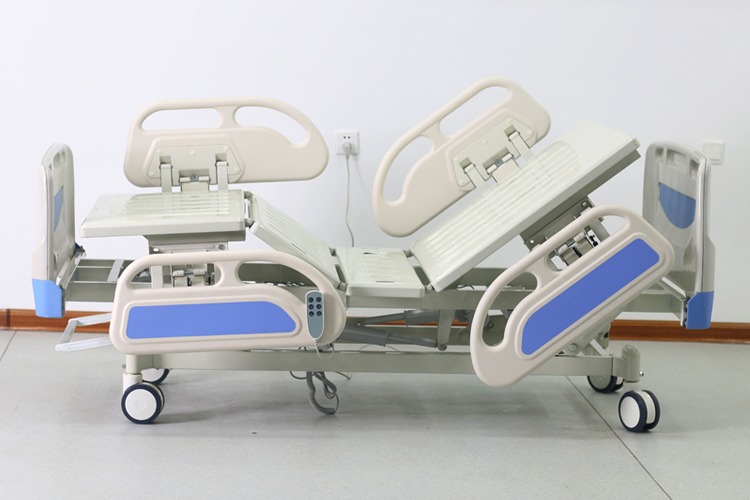
As an insider, I would like to remind everyone to pay more attention when choosing:
- The motor is the key: The power source for lifting and turning. chooseSilent, stable and durablebrand motors. In the dead of night, the “buzzing” noise can be overwhelming. Hand crank? Unless the budget is extremely limited or the power outage is frequent, it is really not recommended and it is still a burden on the caregiver.
- The remote control should be “age-friendly”: The buttons are large, the logo is clear, the backlight is backlit, and it is simple and clear. It is better to have an emergency descent function. The remote control, which is so complicated that it requires “learning”, is torture for the elderly and tired family members.
- Mattress fit: The nursing bed should be equipped with a professional anti-decubitus mattress (such as alternating inflatable mattresses and high-elasticity foam pads). Make sure the bed frame size matches the mattress perfectly so that the turn-over function can work best. Don’t let a good bed frame ruin on a bad mattress.
- Guardrails & Safety: A stable guardrail is a must to prevent accidental falls when turning over. The bed-leaving alarm function is an important safety supplement for elderly people living alone or for night caregivers.
- Try! Use! Body! Examine! Don’t just look at the pictures and parameters. Take the elderly (or simulate the weight of the elderly) to the experience store, operate the lifting and turning functions by yourself, and feel the fluency, noise level, and convenience of operation.Your waist and the old man’s back, will tell you the real answer.

